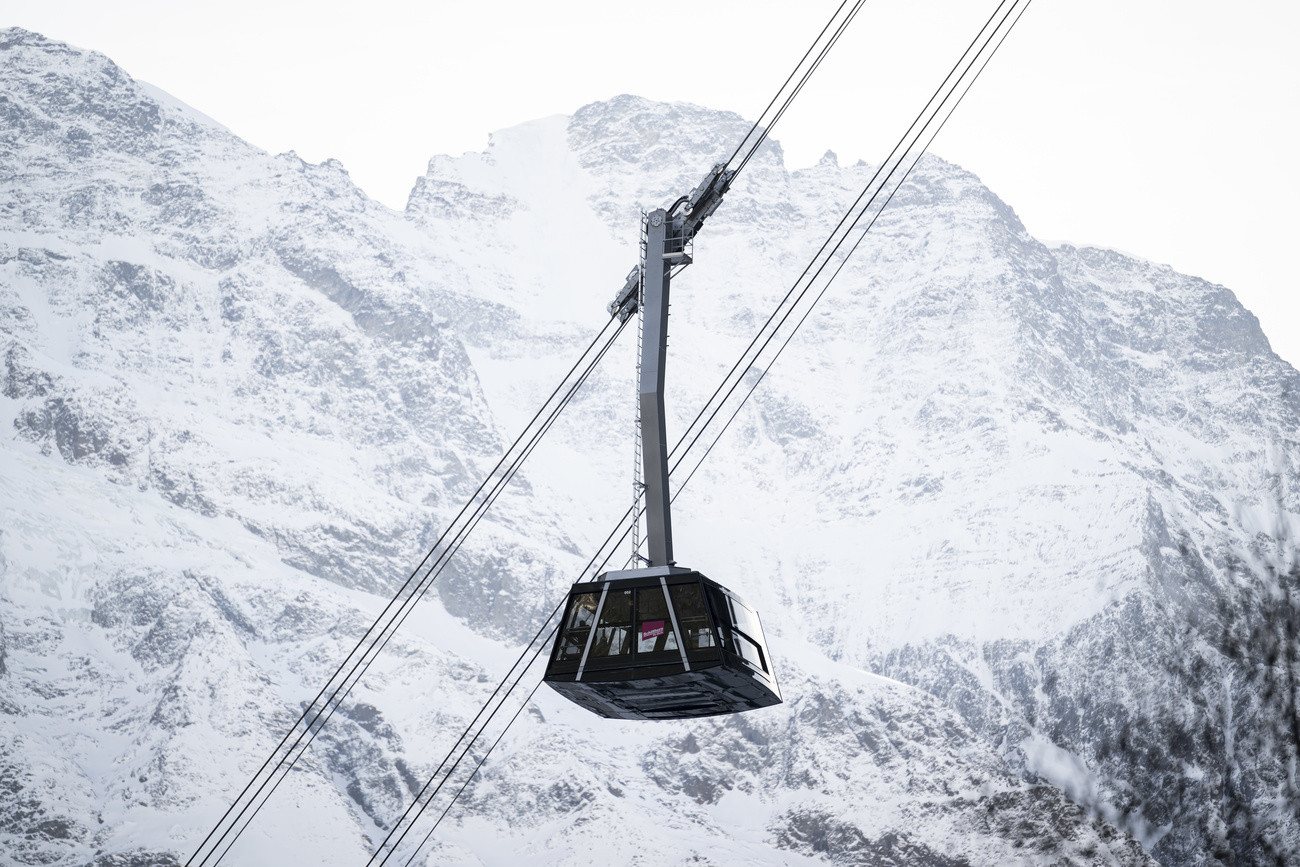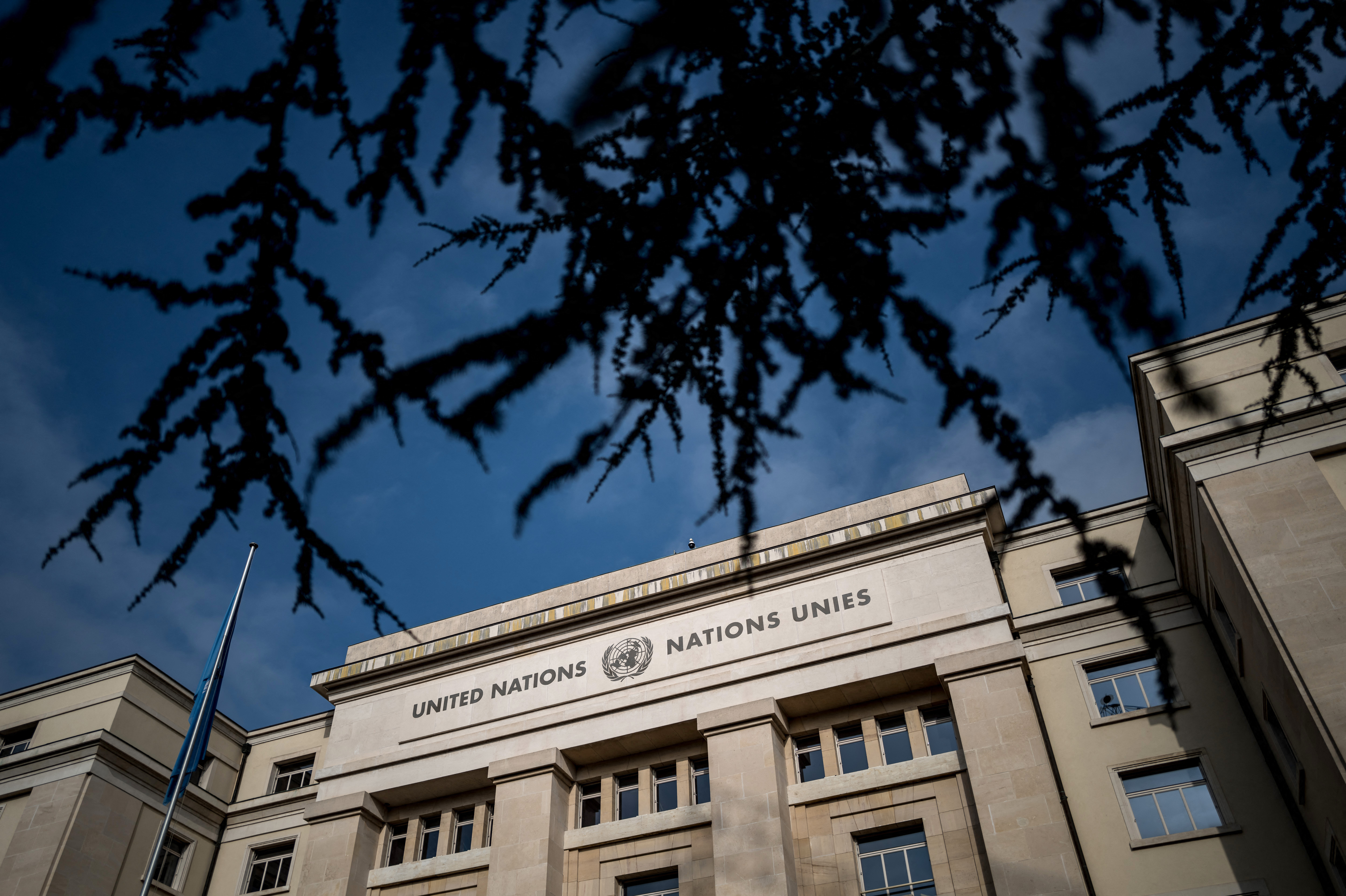Basel’s Fasnacht carnival wins Unesco ‘intangible’ status

The Fasnacht in Basel – Switzerland’s largest carnival – has joined Unesco’s list of “intangible heritage”, securing the coveted status alongside the 'Fête des Vignerons' (Winegrowers Festival) in Vevey.
The United Nations Educational, Scientific and Cultural Organization (Unesco) took the decision at the 12th session of its Intergovernmental Committee for the Safeguarding of Intangible Cultural Heritage on Jeju island in South Korea on Thursday. According to a statement by the Swiss government, Unesco described the Basel Fasnacht dossier as “exemplary”.
Basel’s carnival attracts some 200,000 spectators every year. Always held the Monday after Ash Wednesday, in February or March, festivities start at 4am when the streetlights are switched off and the eerie sound of flutes and drums fill the air for what’s known as ‘Morgestraich’. People typically line the city’s streets to watch thousands of participants – costumed bands of musicians and groups wearing masks – pulling large decorative lanterns gathered under a specific theme.
The colourful carnival goes on for 72 hours – the “three finest days”, as the city’s residents call them. In addition to the bands, groups of performers known as “schnitzelbängg” travel throughout the city’s locales performing songs and poems that poke fun at well-known people and events.

More
Fluted parade pokes fun at political problems
Black humour has been part of carnival since the Middle Ages, when the lower classes seized the opportunity to mock their rulers from the safety of their disguises. The jokes and decorated lanterns at Fasnacht tend to reflect local and world events. This year, they were dominated by the US presidential election, Brexit and doping alongside numerous Basel-area happenings.
On its website, Unesco External linksaid the carnival “contributes to social cohesion, promotes tolerance through social criticism and helps safeguard the local dialect.”
The Unesco intangible heritage list includes more than 350 traditions, art forms and practices from Spain’s flamenco dancing to Indonesian batik fabrics.
In 2014, the Swiss government put forward eight proposals for Unesco intangible heritage status. Fasnacht is the second Swiss tradition to be inscribed on the list, joining Vevey’s Fête des Vignerons, which won the status last year. The winegrowers’ festival, which takes place every 20 years in the town on Lake Geneva, began as a procession in the town to celebrate the work of local vineyard labourers.
Switzerland is currently home to 12 UNESCO World Heritage sitesExternal link – nine cultural and three natural – including the Lavaux vineyards, St Gallen Abbey and Bern Old Town.

In compliance with the JTI standards
More: SWI swissinfo.ch certified by the Journalism Trust Initiative











You can find an overview of ongoing debates with our journalists here . Please join us!
If you want to start a conversation about a topic raised in this article or want to report factual errors, email us at english@swissinfo.ch.